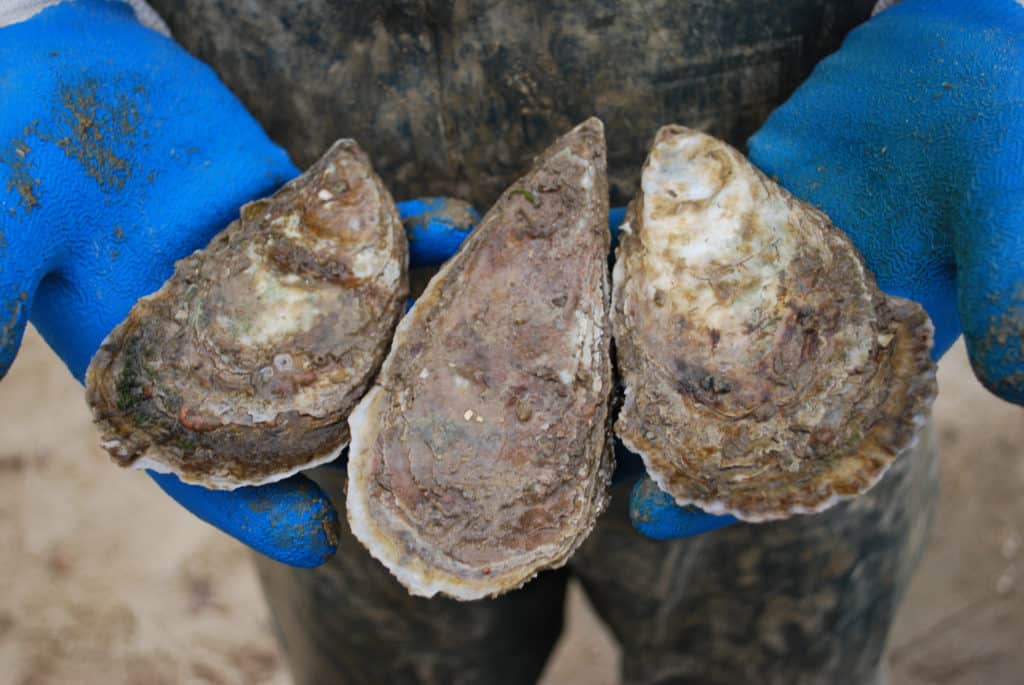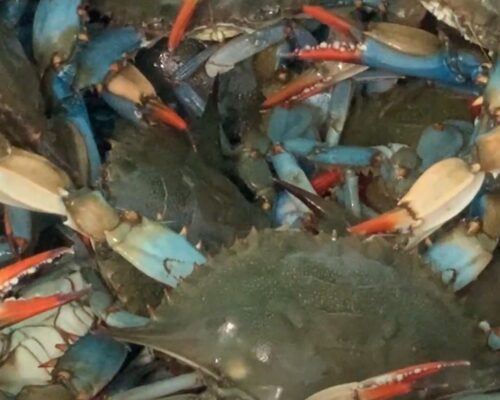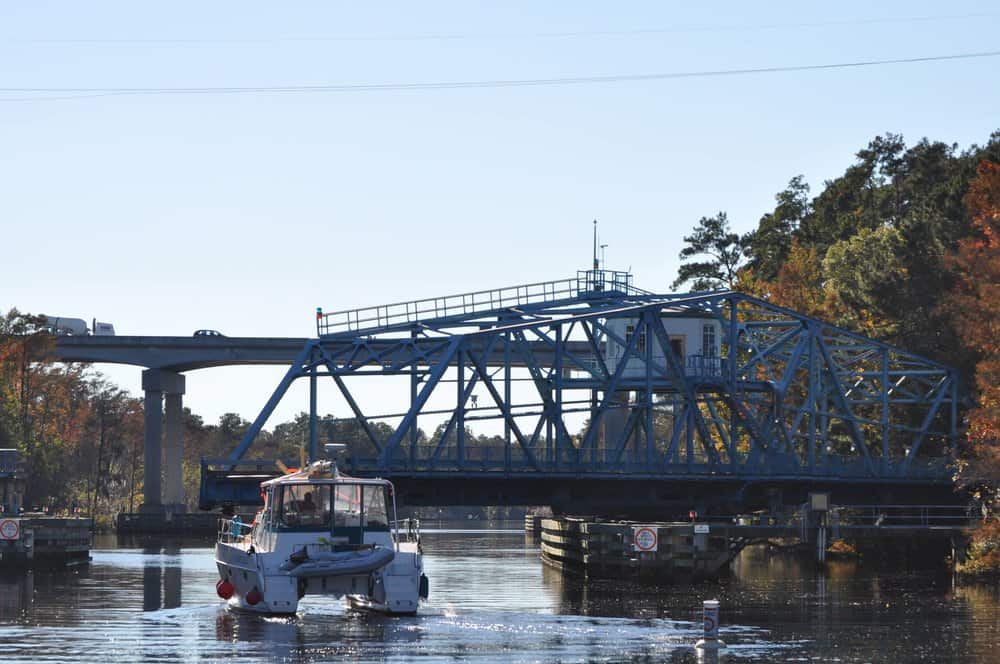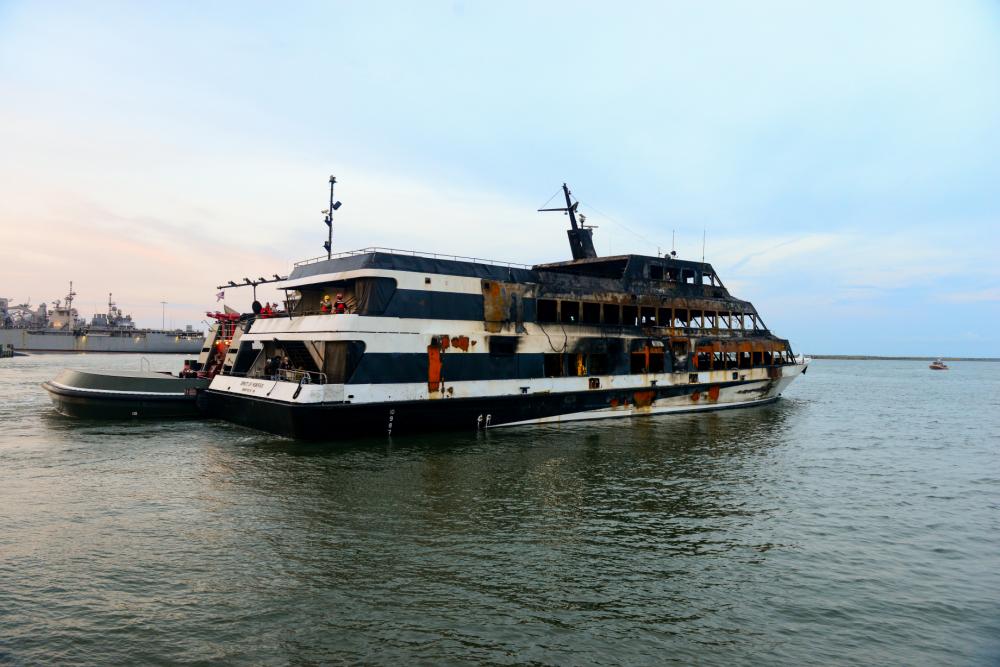The Maryland Department of Natural Resources (DNR) is considering a change to the state policy on opening oyster beds for wild harvesting.
DNR is asking for public feedback on the plan it presented at the Oct. 12 Oyster Advisory Commission. The proposal establishes criteria to create new Public Shellfish Fishery Areas (PSFAs) or expand existing public fishery areas in places with five or more oysters per square meter of bottom. DNR explains that when PSFAs were established in 2009, a process was put in place to declassify PSFAs in the event of an aquaculture lease. But there was no process to add additional public shellfish fishing areas.
DNR portrays the proposal as simply closing a gap and fulfilling the intent of the law from 2009. The creation of new PSFAs would be good news for watermen who depend on their wild oyster haul, which is a fraction of what oystermen used to pull in. But it doesn’t come without controversy. Environmental groups believe allowing new PSFAs would open a dangerous door when it comes to oyster restoration.
When a public shellfish fishery area is established, the bottom can no longer be used for oyster restoration or oyster farming. The proposal could prevent reef restoration and aquaculture in large portions of Maryland’s Bay by keeping them exclusively for commercial harvesting, the Chesapeake Bay Foundation (CBF) argues.
CBF says the proposal doesn’t just close a gap and fulfill the intent of the law, it’s actually a “major change in oyster management that undermines the spirit of the law.” The foundation is asking DNR to table the proposal entirely.
CBF Maryland Fisheries Scientist Allison Colden said in a statement:
“This proposal undermines the process put in place by the legislature to implement actions to increase the oyster population and end overfishing. It appears to be a one-sided proposal to increase the oyster harvest at the expense of restoration and aquaculture efforts that are helping to bring Maryland’s oysters back. Making more of Maryland’s Bay bottom off-limits to restoration and aquaculture makes no sense as oyster populations are wallowing at historic lows. The state must balance the interests of the fishery with the environmental and social benefits more oysters could provide, instead of reserving the remaining oysters in Maryland waters for harvest.”
One issue DNR points out is that the current regulations grant an aquaculture lease-holder exclusive access to harvest wild oysters from their leased bottom, even before they begin to farm oysters.
DNR’s proposal would include a mechanism to “preclude leaseholders from harvesting and selling wild oysters from newly acquired leases until they have invested in planting the lease area and complied with the active use requirements for at least one year.”
DNR says this could deter anyone who is motivated to pursue a lease site just to harvest and sell off existing wild oysters.
The agency is accepting comments from stakeholders “to identify issues, potential impacts, and reasonable alternatives” from now through Nov. 7.
-Meg Walburn Viviano




